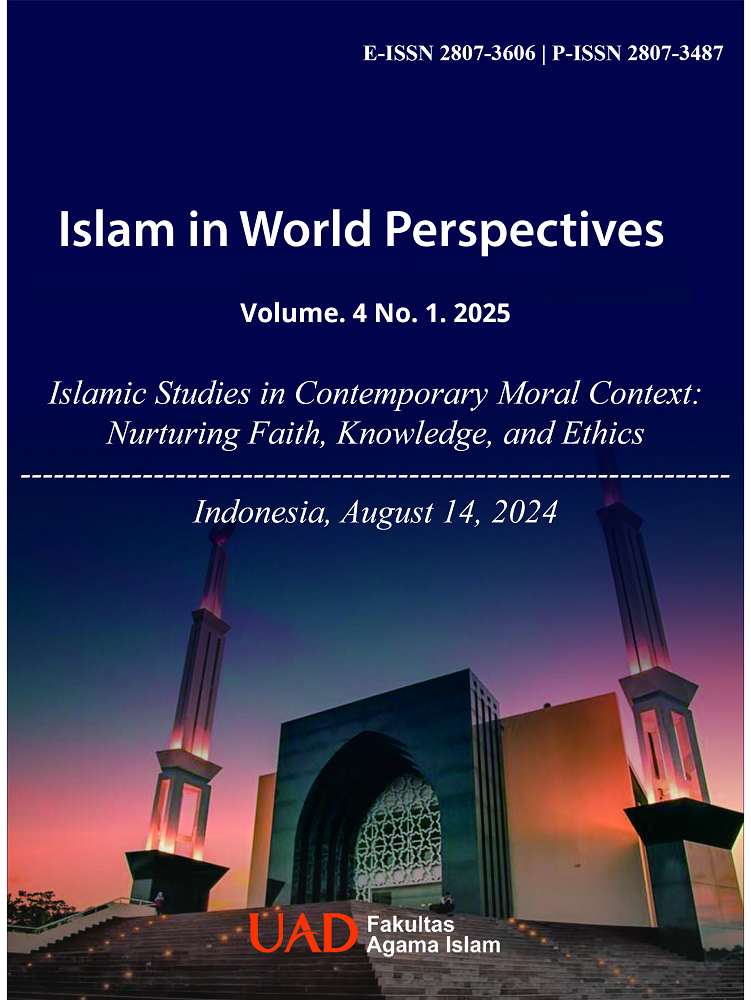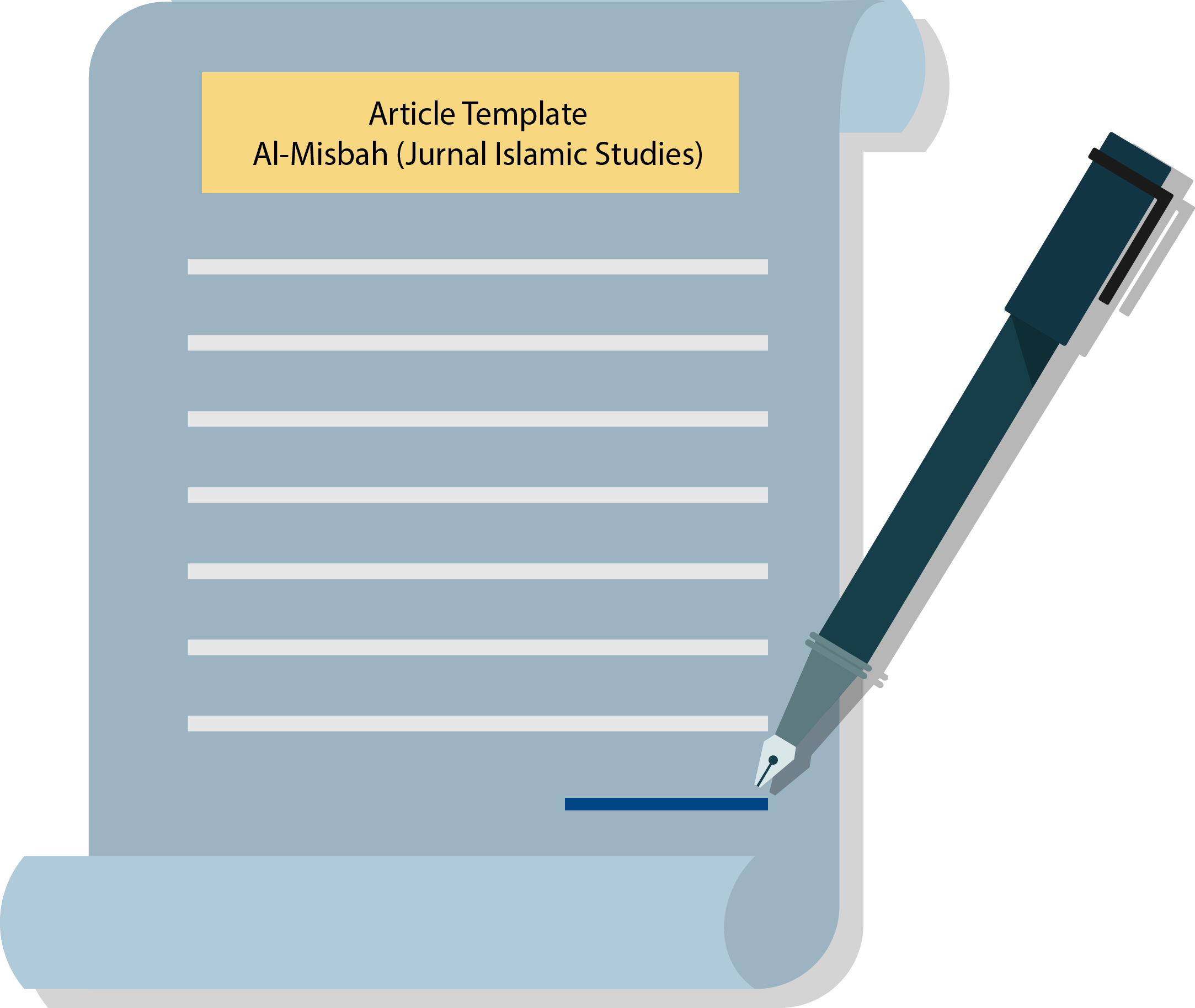Technology integration learning: Interactive learning media for Islamic religious education for vocational high school students
Abstract
Technology integration in learning has become a necessity in this digital era. Interactive learning media has become one of the effective methods in improving the quality of learning, including in learning Islamic religion for vocational high school students. This article aims to review the importance of technology integration in learning Islamic Religious Education for vocational high school students. The research methods used are literature study. The results show that the integration of technology in learning Islamic Religious Education can increase students' understanding and interest in learning. Interactive learning media in learning Islamic Religious Education can make it easier for students to understand religious concepts interactive. For example, animated videos to visualise stories in the Islamic Religious Education, educational games to test students' understanding of religious concepts, and the use of online learning applications that allow students to learn anytime and anywhere. The integration of technology into Islamic learning can also help teachers to teach more effective. This research shows that the integration of technology in Islamic religious learning through interactive learning media can help improve the quality of learning and student learning outcomes in vocational high schools. Therefore, it is recommended that teachers and educational institutions continue to develop and use technology in Islamic learning to improve the quality of education in Indonesia.
Downloads
Published
Issue
Section
License
Copyright (c) 2024 Umi Basyiroh, Akhmad Arif Musadad, Moh. Muchtarom

This work is licensed under a Creative Commons Attribution-ShareAlike 4.0 International License.
Authors who publish with Islam in world perspectives agree to the following terms:
- Authors retain copyright and grant the journal right of first publication with the work simultaneously licensed under a Creative Commons Attribution License (CC BY-SA 4.0) that allows others to share the work with an acknowledgment of the work's authorship and initial publication in this journal.
- Authors are able to enter into separate, additional contractual arrangements for the non-exclusive distribution of the journal's published version of the work (e.g., post it to an institutional repository or publish it in a book), with an acknowledgment of its initial publication in this journal.
- Authors are permitted and encouraged to post their work online (e.g., in institutional repositories or on their website) prior to and during the submission process, as it can lead to productive exchanges, as well as earlier and greater citation of published work.

This work is licensed under a Creative Commons Attribution-ShareAlike 4.0 International License.



